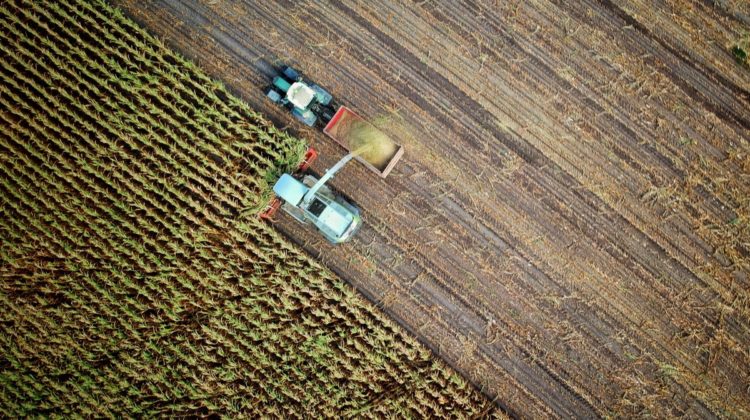
The history of agriculture dates back to the Neolithic era around 7,000–10,000 years ago. The development of agriculture was a breakthrough for human civilization as it enabled the human population to grow larger than could be sustained by hunting and gathering. Ever since then, we have improved and enhanced the way farming is done through the use of science and technology. The development of complex irrigation systems, pesticides, and fertilizers are just some examples of how farming has evolved over time. Today, the agricultural industry is turning to technologies based on Artificial Intelligence to help improve how farming is performed. In this blog, I will discuss how these new technologies are being implemented in agriculture to solve some of the most common farming challenges.
Hyperspectral imaging (HSI) is a technique that analyzes a wide spectrum of light that goes beyond the red, green, and blue channels usually visible to the human eye. It is a rich source of information that captures data not visible to agronomists. This type of images capture a wide range of chemical and biological traits through the reflective properties of the soil and crops. Hyperspectral cameras are commonly attached to drones or other type of aircraft to easily navigate and monitor the overall health of farming fields. The captured images are used to create reports that summarizes data used to identify pests and soil fertility. However, the large data volumes created by hyperspectral imaging comes with costly hardware equipment and an extensive data analysis process that definitely pose a difficult challenge.
Farming robots are used to control weeds and harvest crops at a faster pace and at higher volumes than humans. Computer vision systems are integrated to robots for fruit picking, weed pulling, crop spraying, or soil monitoring. Meanwhile, driverless tractors are also used to prepare the land for growing crops. This unmanned tractor technology has the potential to enhance agricultural operations and provide a safer and less stressful working environment for farmers.
Precision agriculture consists on applying predictive analysis to farming tasks at a high level. The main objective is to give farmers and agricultural experts the necessary metrics to provide them with the proper guidance about water management, harvest time, and pest attack prediction. In other words, the purpose of precision agriculture is to re-organize the farming system to a low-input, high efficiency sustainable cultivation process. Inputs are utilized in precise amounts to get increased average yields, compared to traditional farming techniques. This new and precise methodology in farming allows for efficient use of water resources and other nutrients while preventing soil degradation and reducing the costs of production. Precision agriculture is specially useful in situations where the field size is small, funds are limited, and weather conditions are highly unpredictable.
The importance of agriculture in today’s world cannot be understated. As the world population increases, the land’s resources are currently becoming insufficient to meet the worldwide demand-supply chain. Technologies in artificial intelligence, data analytics, and robotics provide a smarter approach to farming. Hopefully, the implementation of these technologies will increase agricultural production and meet future demands.
